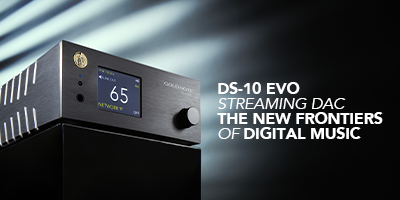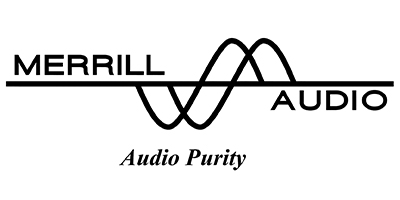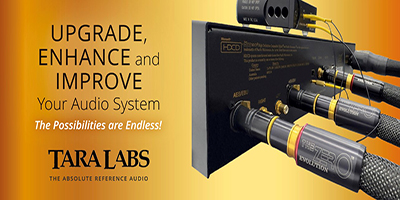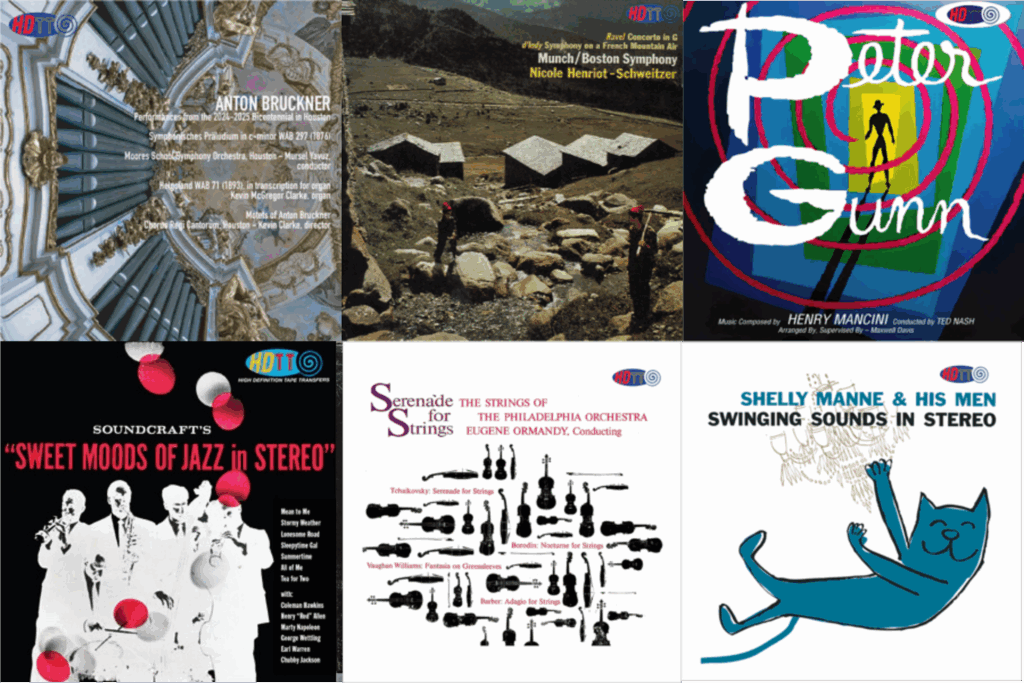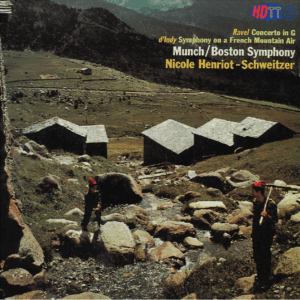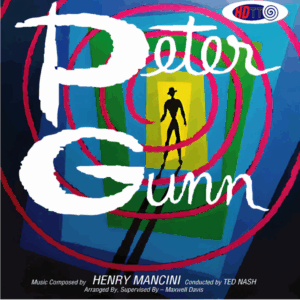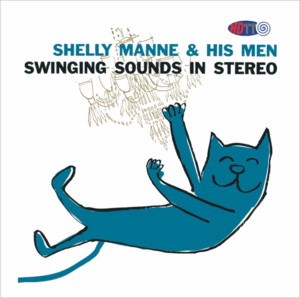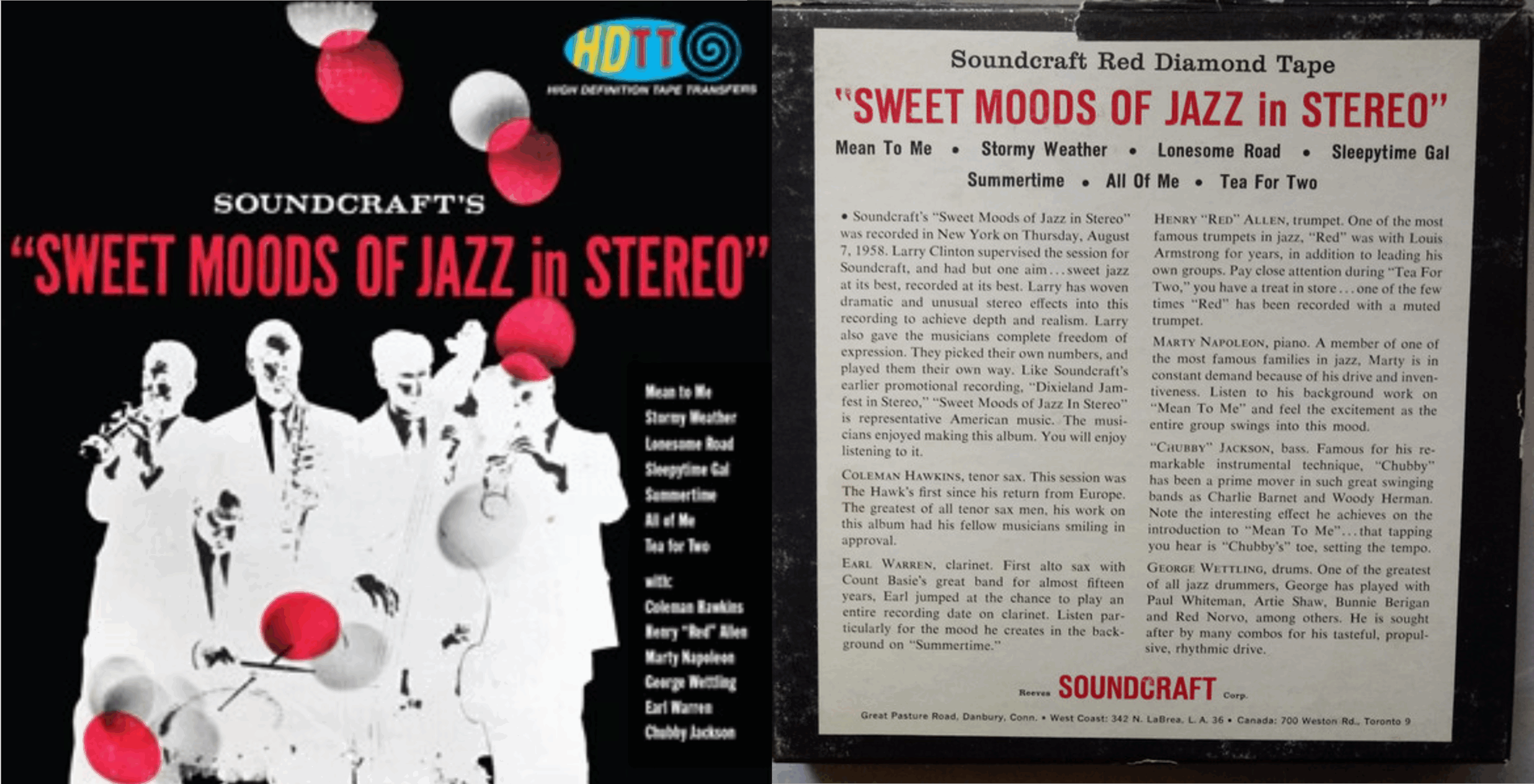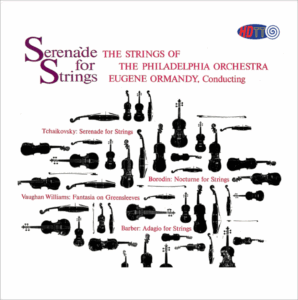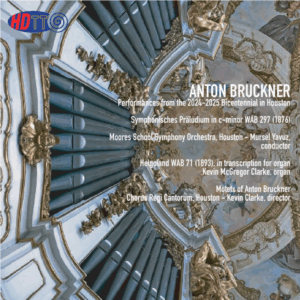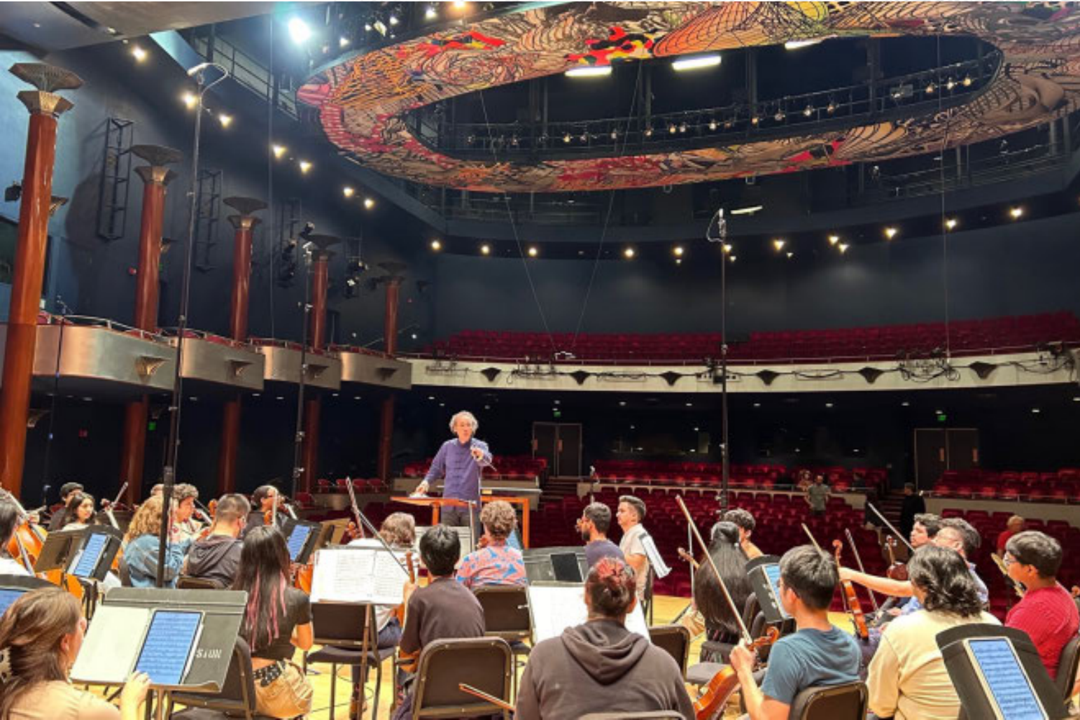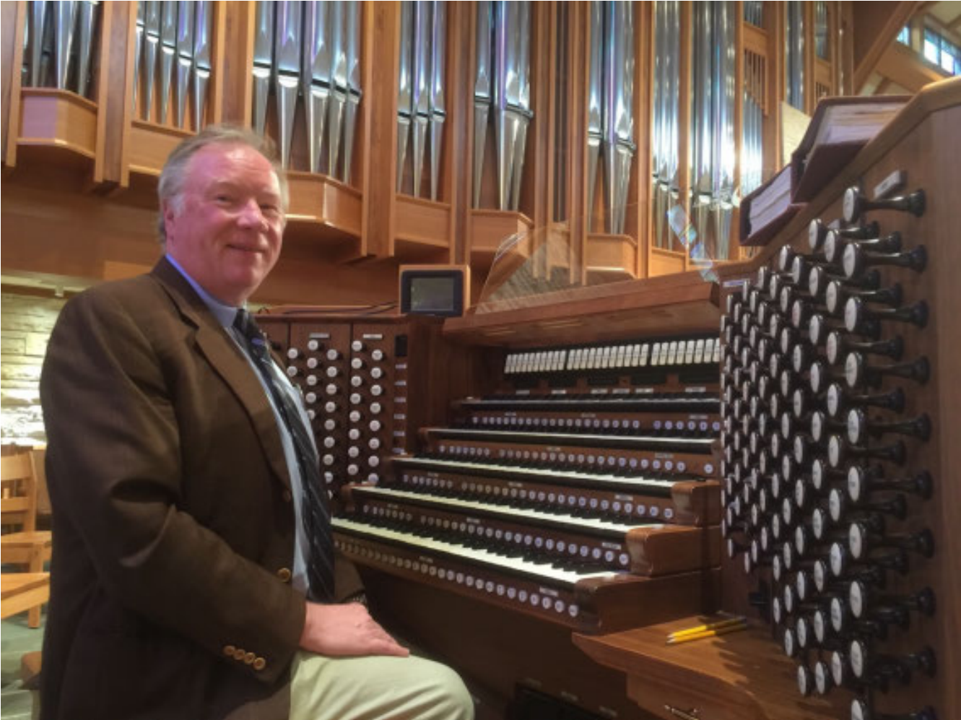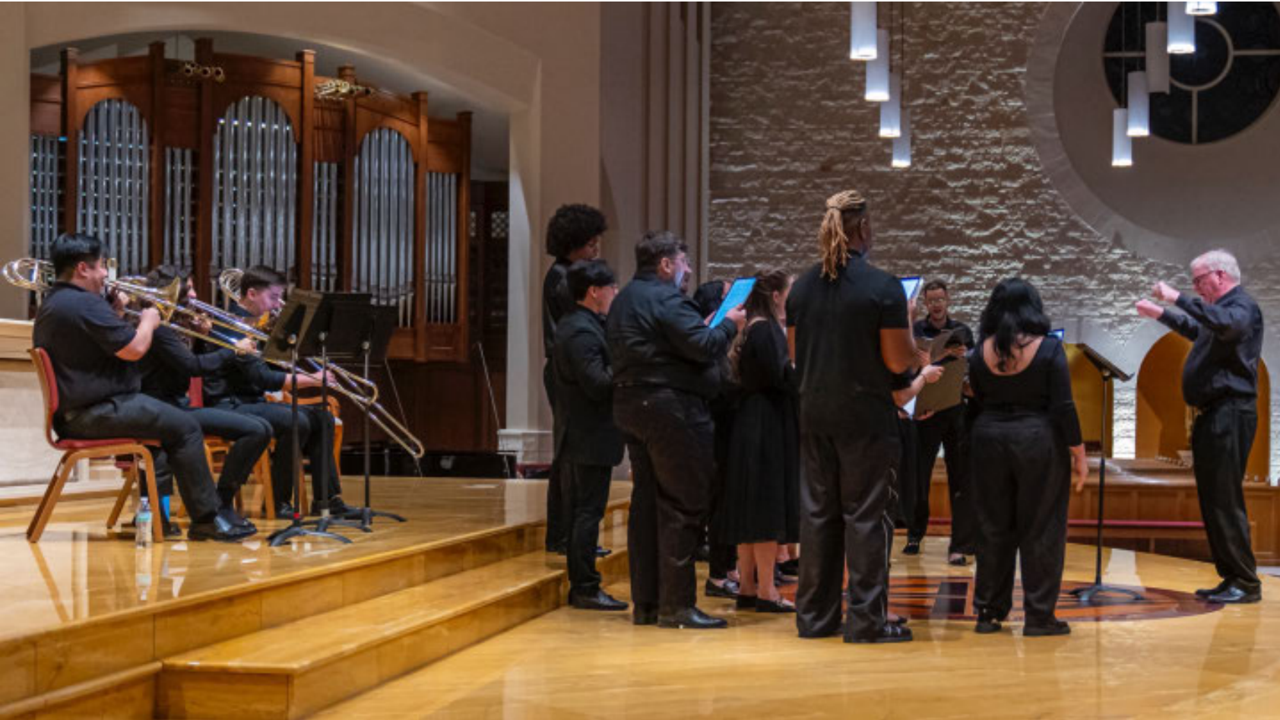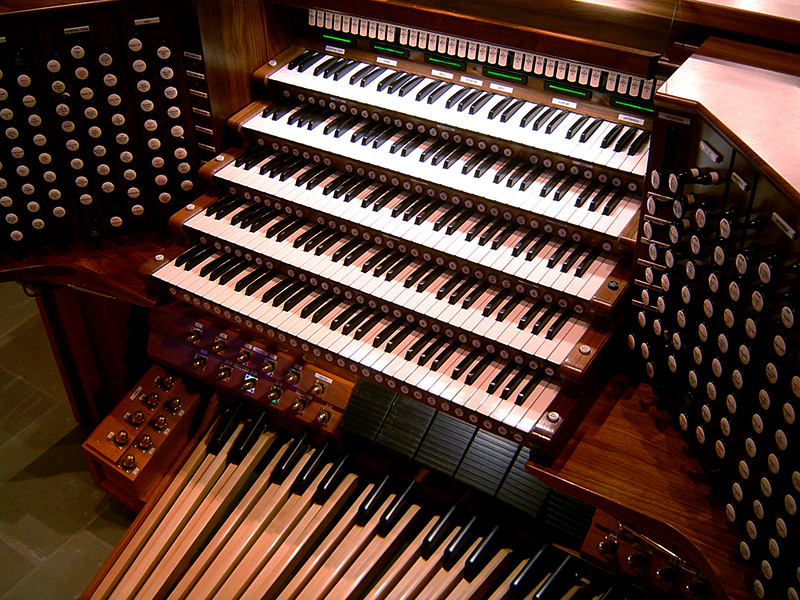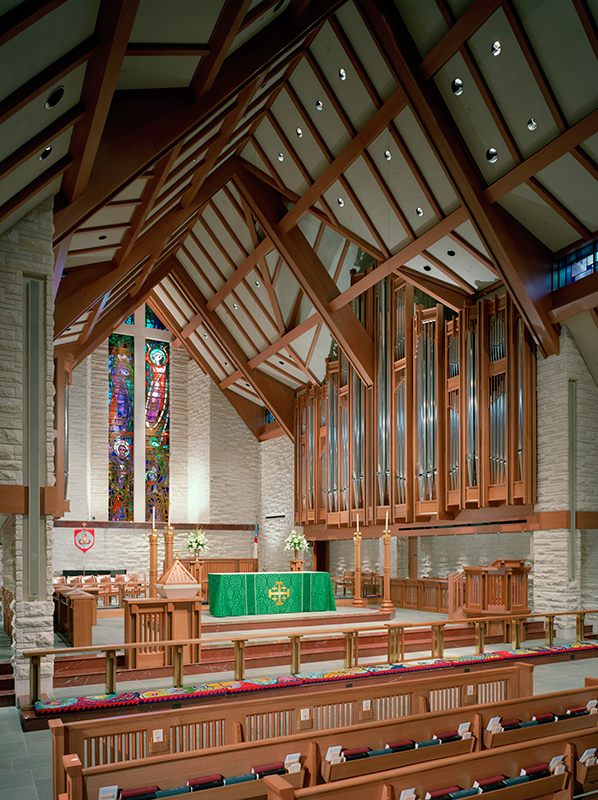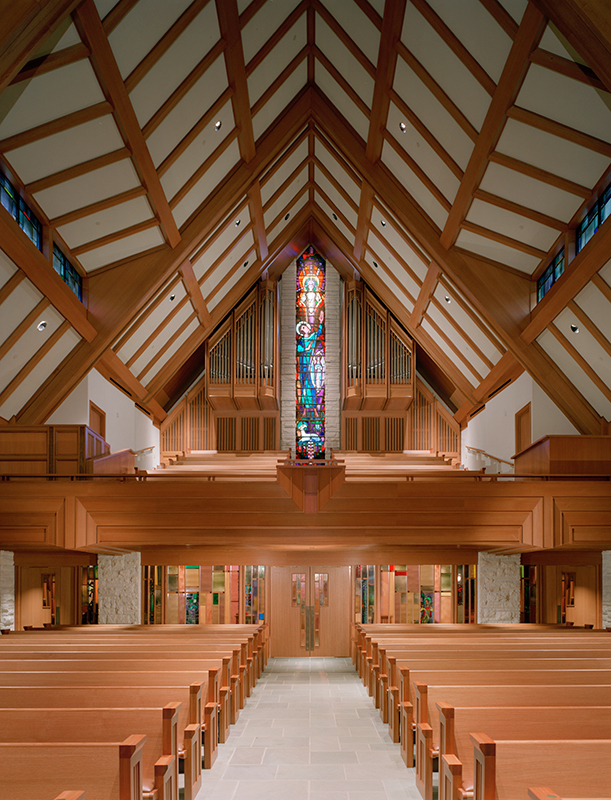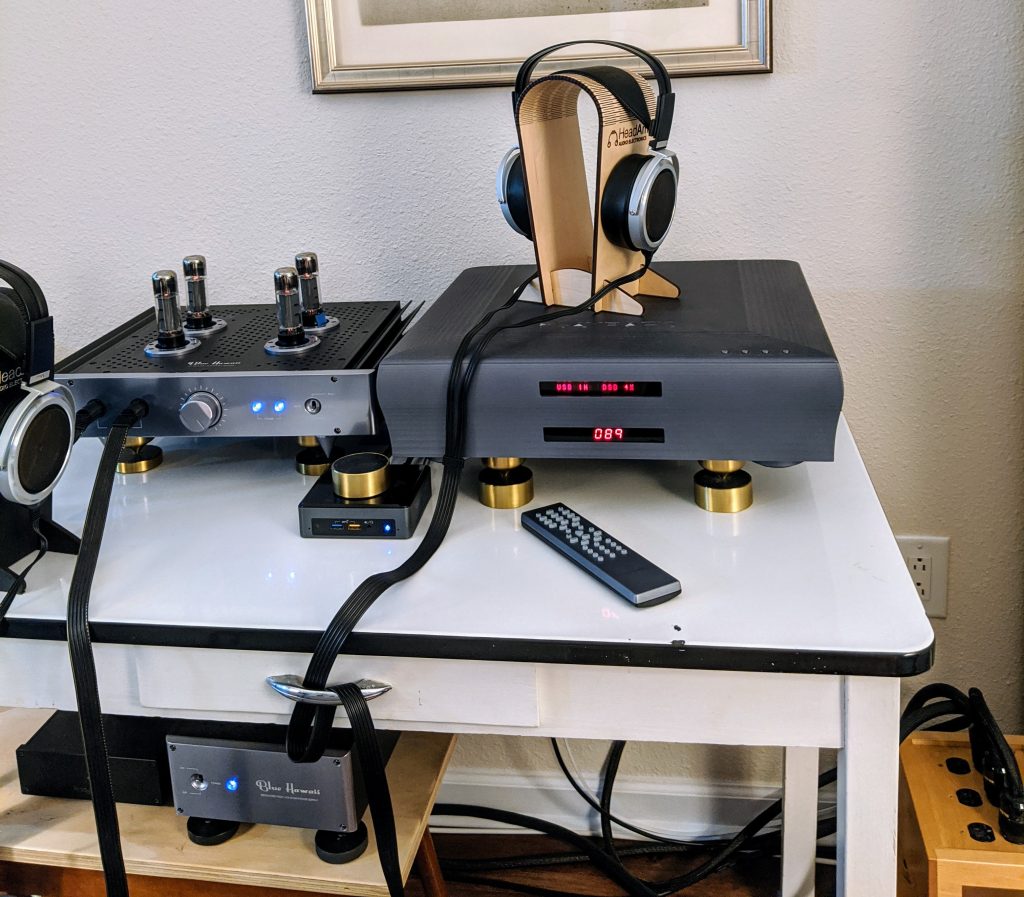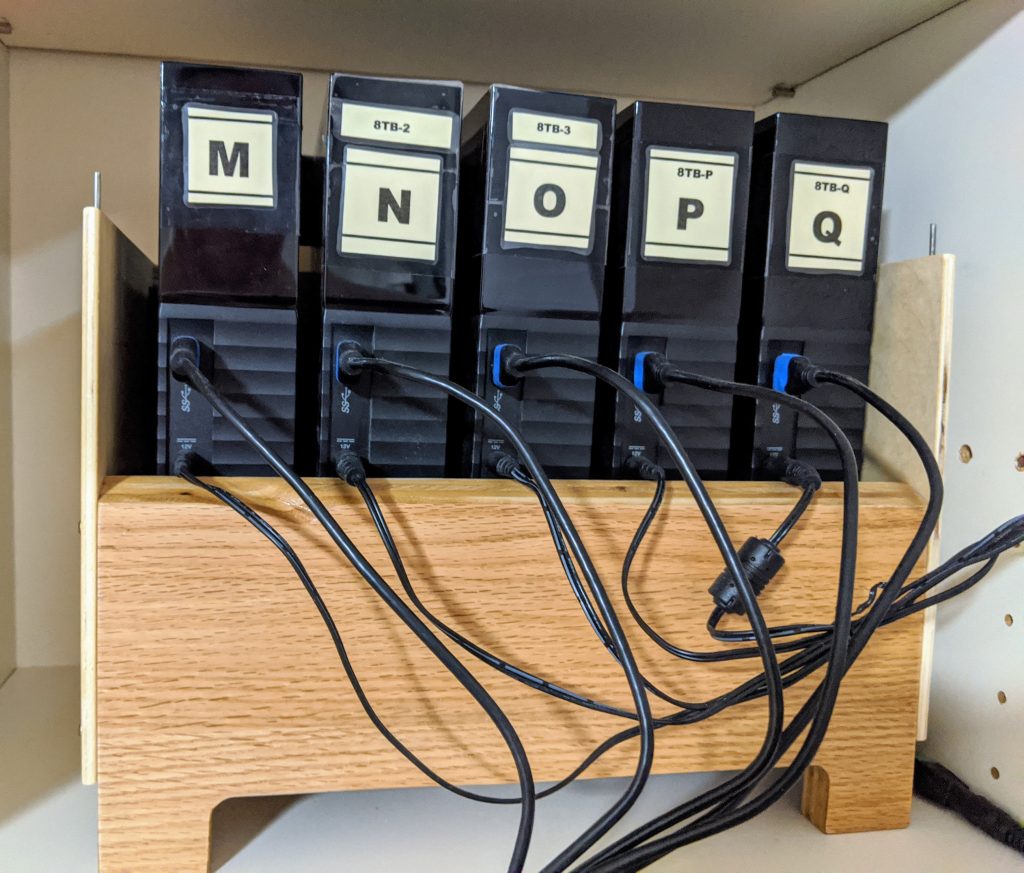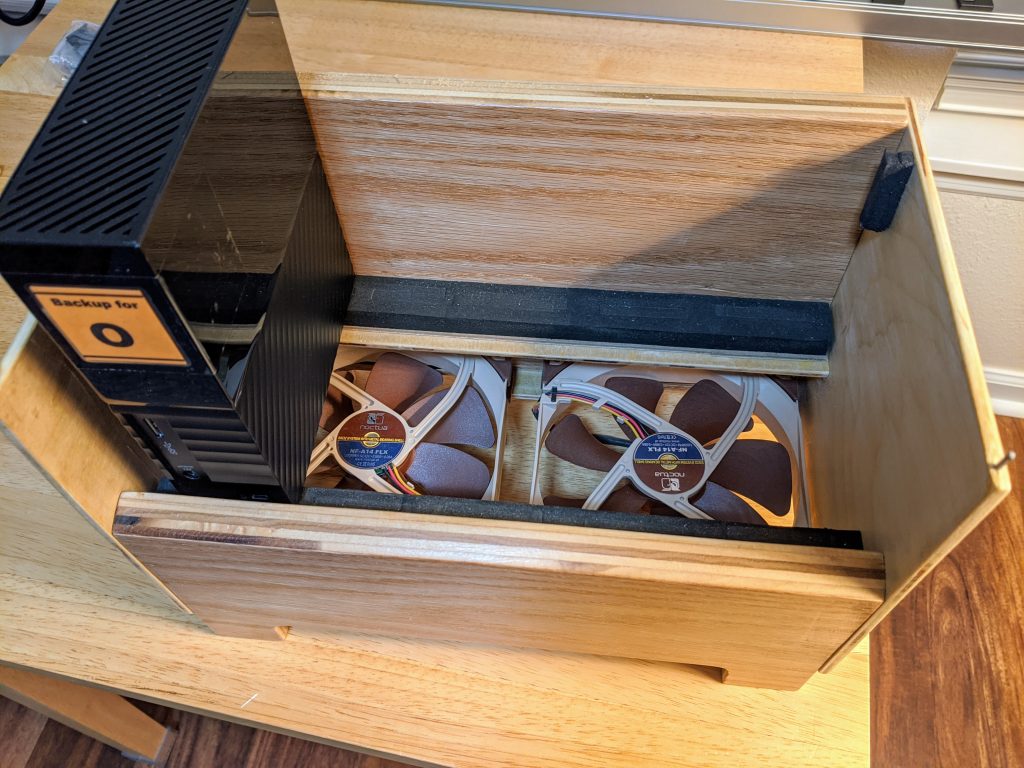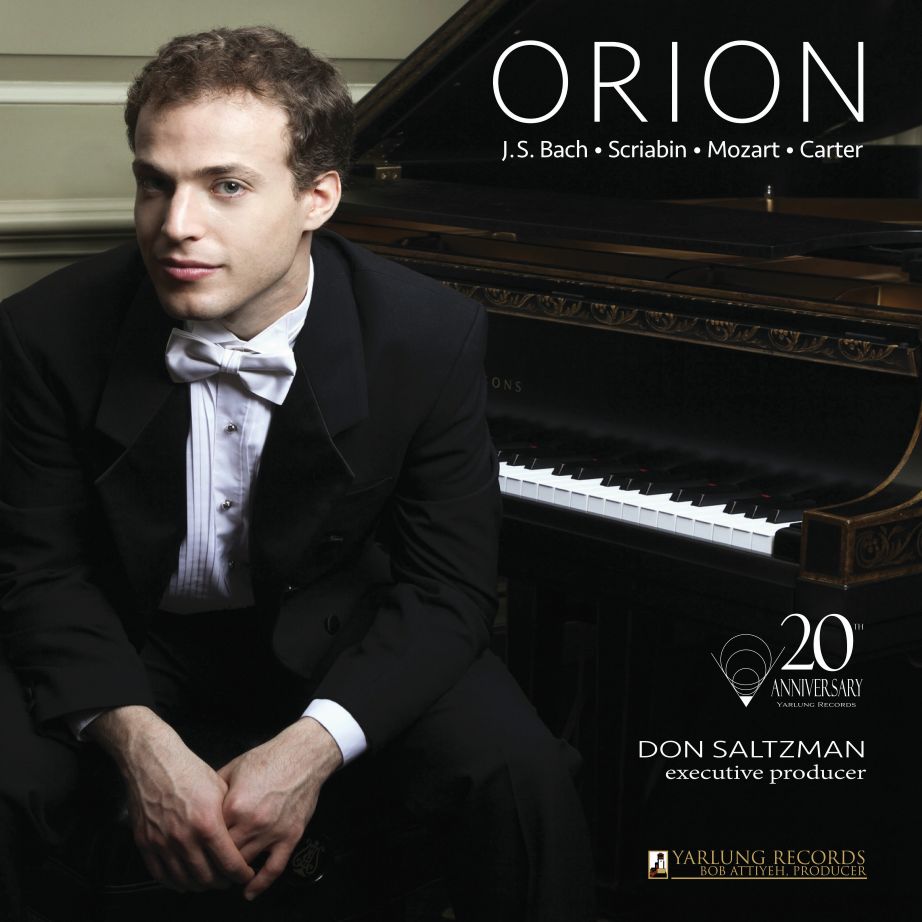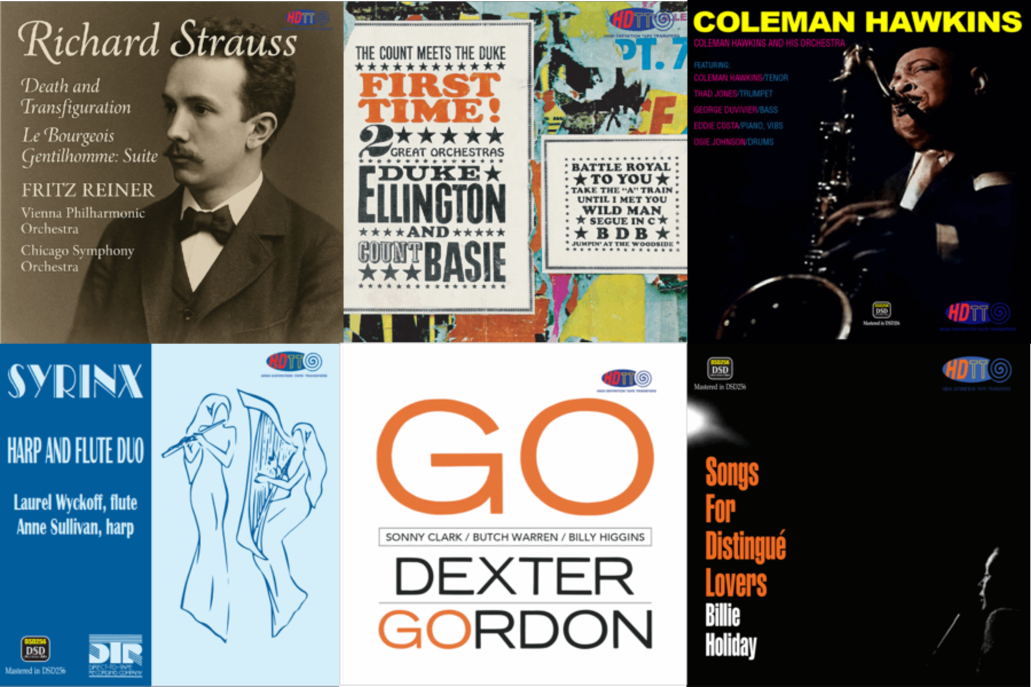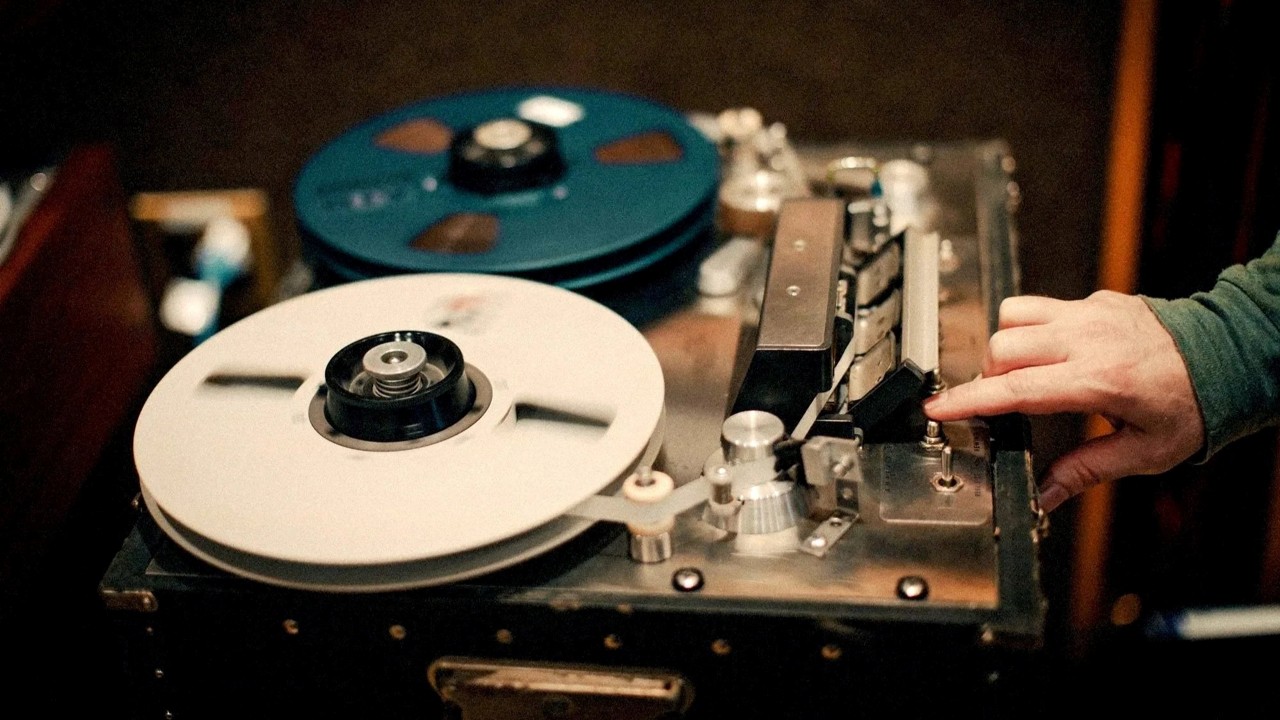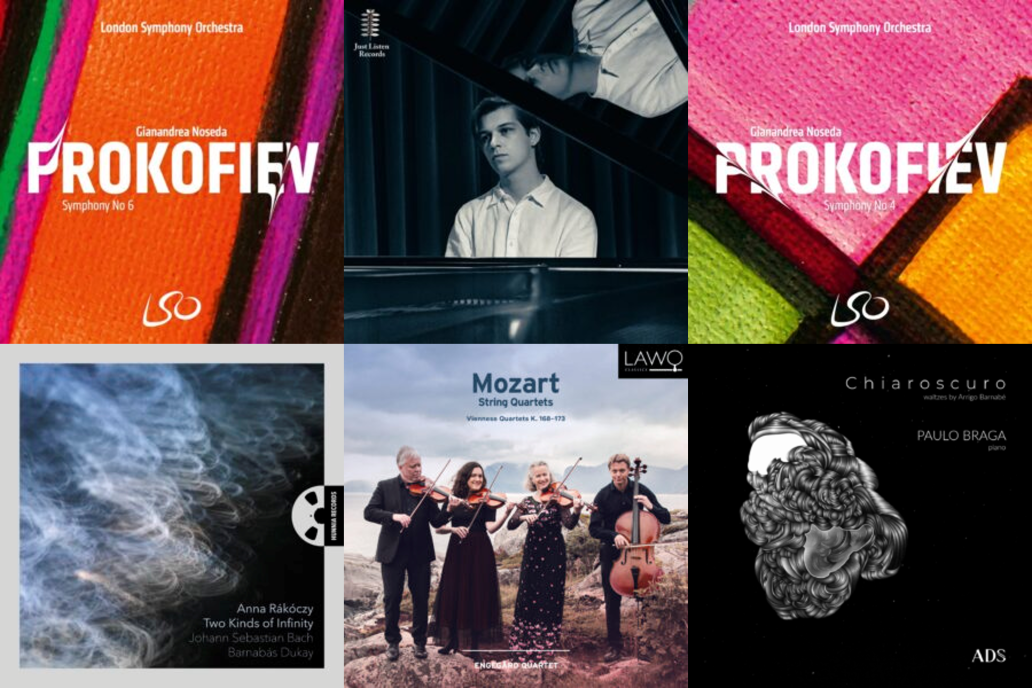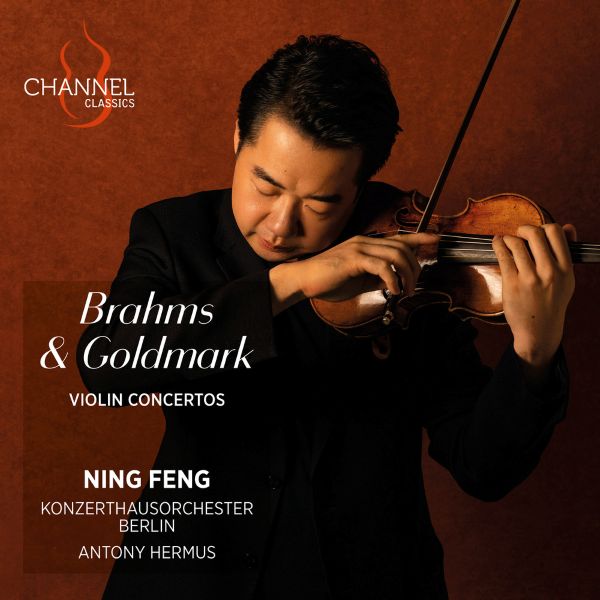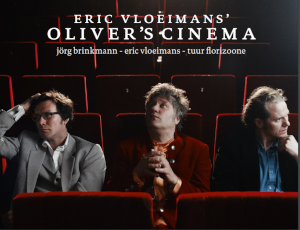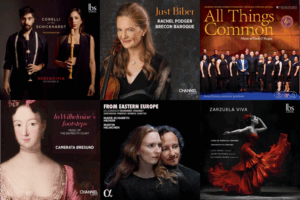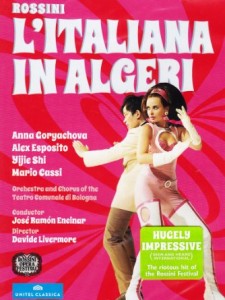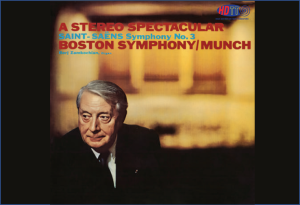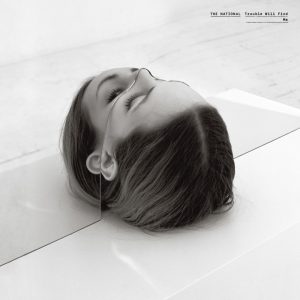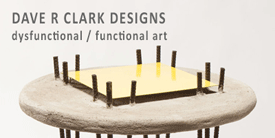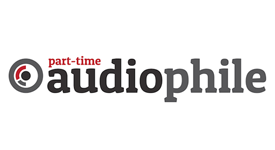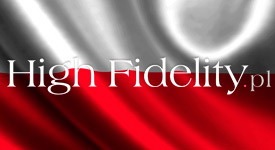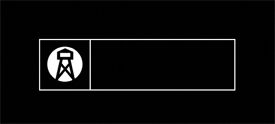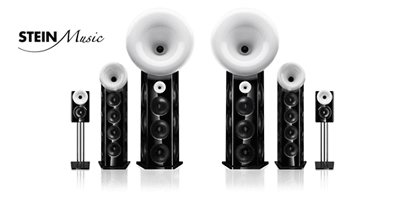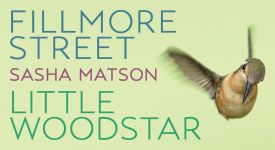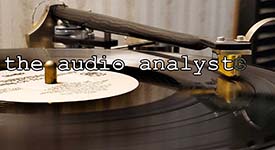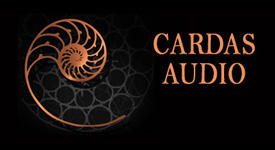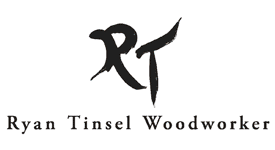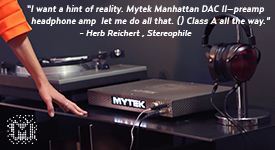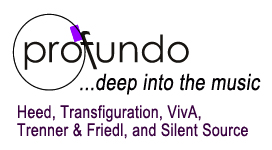Bob Witrak has been busy in recent weeks releasing a nice assortment of albums. Among them is an outstanding set of Bruckner's music in modern recordings from the excellent recording engineer, John Proffitt, and provided to HDTT by John directly from his edit master files. Also included below is a marvelous Lewis Layton recording of performances by Charles Munch and the Boston Symphony—one of the best of the RCA Living Stereo releases. And, a Pure DSD256 transfer from the Crown Records 1959 release of Peter Gunn straight off the master tape. So, scroll on down and see what may strike your fancy. I've enjoyed them all! (Or I wouldn't be writing about them.)
Ravel Concerto In G, D'Indy Symphony On A French Mountain Air, Munch BSO, Nicole Henriot-Schweitzer piano. HDTT 1959 2025 (DSD256, DXD) HERE
These are superb performances of the Ravel and d'Indy—they are incandescent. This new transfer from an RCA Living Stereo original pressing is as beautiful as I recall from my vinyl days. It is a wonderful. Thank you so much, HDTT, for making this available once again in this excellent transfer.
As HDTT describes, "This album juxtaposes two French works that reflect contrasting sides of French musical identity: Maurice Ravel's urbane, modernist concerto, and Vincent d'Indy's more Romantic, pastoral symphony. Together, they present a spectrum of French expression, from the sparkling modernity of Parisian jazz-influenced soundscapes to the earthy charm of the Cévennes countryside, offering listeners a vivid panorama of French musical artistry in the early 20th century."
I have long held this album in highest regard among all the recordings in the RCA Living Stereo series. It sparkles with life and energy, Nicole Henriot-Schweitzer's playing is alive, sensitive, and highly nuanced. And the sound quality that Lewis Layton captures in Symphony Hall is just right, with great clarity, excellent soundstage, and very natural hall acoustics. The piano is well integrated into the fabric of the sound image—detailed, excellent lower range, not spot lit. The sound is the epitome of what I hope to hear in a well engineered recording of piano with orchestra.
There is, overall, a sense of immediacy and presence to this recording that is rare to find. That Lewis Layton achieved this in spring of 1958 is a wonder. Listen to this and understand what is meant by "the golden age of stereo recording."
HDTT released this album some years ago, also from an LP transfer, then withdrew it from their catalog. This current 2025 release is a new transfer using Bob's new equipment. The result is a significant improvement over that earlier release, which was good but this is vastly better—far more transparent. If you have the earlier release, it is worth purchasing this new release in replacement. Don't hesitate. Due to the time out of the catalog, this is not identified as a Redux edition.
The Music of Peter Gunn, conducted by Ted Nash. HDTT 1959 2025 (Pure DSD256) HERE
As HDTT says in the catalog notes, this is a different listening experience to the well known soundtrack version. The interpretations deliver added immediacy, life, and punch.
"Unlike Mancini's official soundtrack album on RCA Victor, this is not simply a replay of the television cues—it is a reinterpretation, seen through the lens of the very musicians who had helped shape that original sound. Here the Peter Gunn themes take on new life: brass punches harder, saxophones smolder longer, and the rhythm section drives with a rawer, more club-ready urgency."
Much credit has to go to saxophonist/conductor Ted Nash. He played sax in the original soundtrack and the quality and character of his playing made him one of the most in-demand session players of the West Coast. His playing certainly stands out in the original soundtrack recordings. Here, it is Nash's conducting that stands out.
And the sound quality of this 1958 Crown Records recording is excellent as heard in this Pure DSD256 transfer from the original Crown master tape. Bob employs his recently acquired tape head tube preamplifier designed by Victor Khomenko of Balanced Audio Technology. That excellent tube preamplifier contributes to the beautiful air and top end bloom that we hear in this transfer. Great job! Very happily received here.
Shelly Manne & His Men—Swinging Sounds In Stereo. HDTT 1956 2025 (DSD256, DXD) HERE
I find it hard to believe this album was recorded in 1956. It sounds so alive, so vivid. The transfer from LP is excellent, with utterly silent background, great detail, very good dynamics. The brushed cymbals sound deliciously natural, as do all of the instruments.
Discogs says that the original stereo LP was released in 1958, with mono release in 1957. HDTT tells us the technical data from the original stereo album jacket: "Technical Data from the original album jacket: 10-15,000 cycles. Multiple microphone technique featuring AKG C-12 condenser microphones. Two channel Ampex stereo tape recorder. Mastering on specially designed electronically controlled variable pitch lathe with Westrex 3A "StereoDisk" cutting head, heated stylus, inner diameter quality equalization. RIAA playback curve. Vinylite "Gruve/Gard" pressing."
All of that historically interesting stuff aside, this is a really enjoyable set of tunes played by some very skilled jazz musicians, Shelly Manne's working quintet of: Stu Williamson on trumpet and valve trombone, Charlie Mariano on alto saxophone, Russ Freeman on piano, and Leroy Vinnegar on bass.
They deliver some very clean disciplined playing fully in tune with the swing era but evidencing the sophistication of modern jazz. Great music to simply sit back and enjoy soaking it in.
Sweet Moods of Jazz in Stereo. HDTT 1958 2017 (DSD128) HERE
Soundcraft released this album in 1958 as a stereo two-track tape, and that is the source for this transfer. What is significant about this album, in addition to some sweet jazz tracks, are the performers. We have Coleman Hawkins (tenor sax), Henry "Red" Allen (trumpet), Marty Napoleon (piano), George Wettling (drums), Earl Warren (clarinet), and Chubby Jackson (bass). It is a lineup of great performers, some of whom you might never have heard.
From "Stormy Weather" through "Summertime" to an innovative interpretation of "Tea for Two" this is as pleasant a jazz session as you can hope to find. The musicians give and take among each other creating a very relaxed, comfortable vibe. The recording is excellent and the sound quality of this transfer is very good. Given it's 2017 reissue date, this may be due for a Redux effort by HDTT if Bob decides the source tape is good enough. But don't let that hold you back because there is no telling when or if Bob may get around to such a refresh. My advice: get this now, enjoy it now. It is truly a nice find that I'd not listened to before now, and I'm glad I stumbled across it. It just swings. Nice!
Serenade for Strings, Eugene Ormandy, The Strings Of The Philadelphia Orchestra. HDTT 1960 2025 (DSD256, DXD) HERE
As a purchaser of the CD on Amazon (David J. Horne) comments: "Ormandy's masterful and intense approach creates the best Serenade for Strings I've ever heard. Ormandy in Philadelphia, Szell in Cleveland, Bernstein in New York and the early tenure of Leinsdorf in Boston are now being recognized as the Golden Age of American orchestras and conductors. The Serenade for Strings on this recording will show you why."
I don't have a better description of this album. It is classic Eugene Ormandy pulling out all the lush, rich romanticism of the Philadelphia Orchestra string players performing at the zenith of their assemblage. The performance is sparkling, emotional and the players are fully committed.
The Tchaikovsky Serenade for Strings is accompanied by other works for string orchestra that demonstrate the variety and flexibility of this genre, including Borodin's Nocturne For String Orchestra, Barber's Adagio For Strings (a classic reading), and Vaughan Williams' Fantasia On Greensleeves.
Altogether, a lovely collection of music for strings in a performance that is as competitive today as it was commanding 65 years ago.
The sound quality from the Columbia 4-track source tape is, unfortunately, Columbia at its ho hum standard of mediocrity. This release is entirely for the music and the performance. Having heard some truly excellent Columbia recordings from tapes of this era, I suspect there may be more quality buried on the master tapes than the commercial 4-track release delivers. One can only hope that HDTT one day finds a source tape for this recording similar to those others and can transfer it for us.
But, don't shy away if you enjoy the Philadelphians under Ormandy and some great music for orchestral strings. You'll not find any version out there that sounds better than this HDTT release (for now).
Bruckner In Houston–A Bicentennial Celebration–Vol. 2. HDTT 2025 (192k, Stereo, MCh) HERE
This is yet another superb recording from John Proffitt. The sound quality is outstanding. And the performers and the performances are top notch. Well done!
The album opens with Bruckner's Symphonisches Präludium in c-minor WAB 297 (1876) performed by the Moores School Symphony Orchestra. Don't let the name of the orchestra, or the youth of its players, mislead you. This is an excellent orchestra, well rehearsed, and playing with precision and passion. At just 6:46 minutes, I was left wanting more. But while there is no more orchestral playing, the following organ work and then the choral works are handsomely rewarding. Conductor Mursel Yavuz takes a particularly dramatic, and forceful, view of the work. I find it a very convincing presentation of this dramatic piece of music.
In his notes for this release, John Proffitt writes, "The only known, surviving manuscript of the Symphonisches Präludium—in the hand of one of Bruckner's Vienna Conservatory students, Rudolph Krzyzanowski—was found in his estate library in the aftermath of World War II. This full orchestra manuscript was labeled as "by Anton Bruckner" and "copied [by] R.Krzyzanowski 1876". The theory was that the work originated with Bruckner, perhaps as a sketch given to his pupils as a composition assignment around the year 1876."
Rehearsal of the Symphonisches Präludium, with the Moores School Symphony Orchestra, Mursel Yavuz, conductor—photo by John Proffitt
The organ work is a transcription for organ of Helgoland WAB 71 (1893), transcribed for organ by Martin Bernhard, revised by Kevin Clarke. It is performed on the massive Létourneau Organ, op. 97, Episcopal Church of Saint John the Divine, Houston (description here). If you appreciate organs and great organ music, as I do, you should hear this almost 20 minute performance. It is thrilling. The performance is filled with passion and power, and the organ... oh my, the organ... What a wonderful sounding instrument. I would love to hear this instrument live. John Proffitt's recording is excellent, but the recording just hints at what this instrument must sound like if heard in person.
I've included some photos below. I encourage your to follow the link above to see the full listing of the registration of this wonderful instrument.
Helgoland was Bruckner's last composition—a secular symphonic cantata lasting roughly 16 minutes for 4-part men's chorus and large orchestra. It is a compact masterpiece characterized by propulsive drama and operatic grandeur requiring a vast number of voices to do it justice.
Organist Kevin M. Clarke, at the Létourneau Organ console in St. John the Divine, Houston—photo by John Proffitt
And from the work for organ, the balance of the album turns to a very lovely choral recital of Motets by Bruckner performed by the Chorus Regi Cantorum, Houston, Kevin M. Clarke directing. The recital includes 14 motets for another nearly 50 minutes of music. Some segments include brass ensemble.
Chorus Regi Cantorum Houston, Kevin Clarke, conductor
The album includes recordings from three different venues, so there is not a continuity of performance space to be heard throughout. However, each recording space is captured very nicely by John Proffitt, and you can easily hear the natural acoustic of each separate venue.
I promised some photos of the Létourneau Organ, op. 97. These are from the website of Orgues Létourneau (founded 1979) and are presented here with their kind permission for those who share my joy in seeing excellent organs.
Organ photos courtesy of Orgues Létourneau except as noted.

